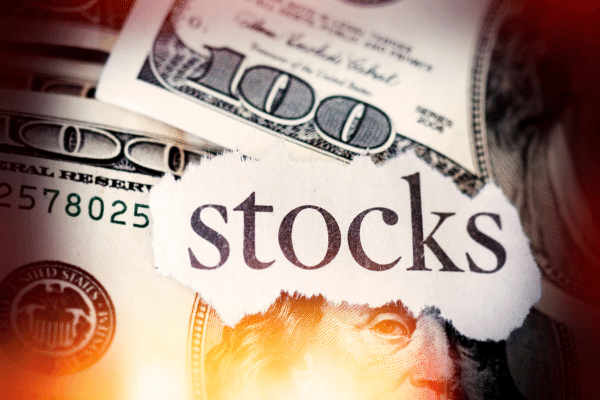
-
Rising U.S. Treasury yields may have affected stock prices, but did little to dampen flows into stock funds
-
Passive investing the main culprit for the seemingly unending flow of capital into the equity markets
Whether it’s unbridled optimism or a lack of alternatives, stock investors have shrugged off the worst volatility to trouble the bond markets in a over a year.
Despite the spike in U.S. Treasury yields wreaking havoc on equities, U.S. exchange-traded funds consistently saw inflows – including US$2.7 billion at the height of the bond carnage on Thursday.
This month alone, stock ETFs inhaled a whopping US$80 billion of flows, or four times the annual average according to data from Bloomberg.
One reason is optimism that effective coronavirus vaccines and signs of economic recovery in industrialized countries will provide a potential boost for corporate earnings to catch up with otherwise heady valuations, especially in the face of rising bond yields.
The other reason is purely a function of market structure.
Over the past three decades, the rise of passive, low-cost investing, has meant that over 100% of stock flows now come from passive funds.
And the problem with passive funds is that inflows of money (fueled by excessive liquidity) require the funds to deploy that capital into the stocks they are meant to track.
Ironically, as stock prices go up, these passive funds need to buy more of that component stock to ensure that the index they are purported to track remains in a state of balance.
Reddit is buzzing again, and energy and financial stocks have advanced for a forth straight week, in the latest sign of a enduring reflation trade.
Is it sustainable?
If fund flows are anything to go by, then yes.
Because short of the U.S. Federal Reserve turning off the taps, or governments deciding not to borrow – it’s hard to imagine how and when things come to a head.
And while concerns over inflation remain, most investors are approaching those concerns with a “later me” sort of attitude.
Past episodes of rising rates have foreshadowed strong equity yields, and since 2008, rate upcycles have coincided with positive fund flows in five out of six instances, according to a study by Deutsche Bank (-3.50%).



